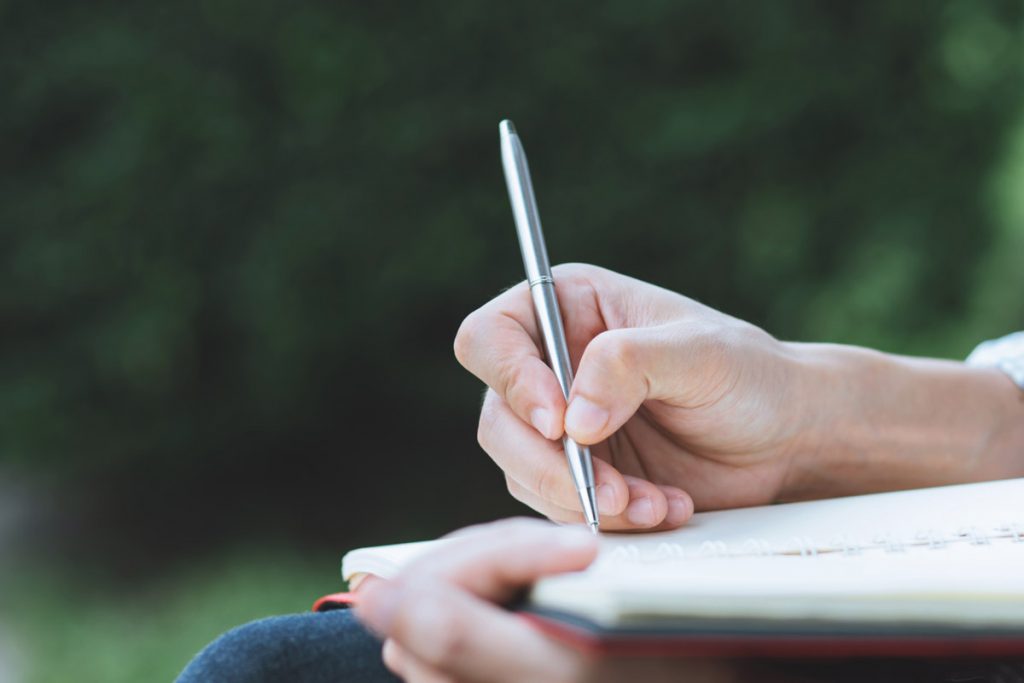
Are you urgently looking for an easy way to improve your study skills? Or, desperately searching for a panacea which will help you prepare for an exam within one overnight study session?
Sorry for disappointing you, but there is no universal cure and learning to learn effectively takes some time.
However, with this quick guide to action, you will master the best study techniques for effective reading, note taking and memorizing.
💡 Dispelling reading myths
Learning frequently starts from reading, but reading doesn’t always lead to understanding. Here are good old myths that prevent you from becoming a successful reader:
- You must read every word!
- If you read quickly, you will not understand the text.
- If you read the text aloud, you will better understand it from the first time.
Forget about these myths if you want to use effective study techniques! First, study texts are full of words which link sentences grammatically, but do not convey any meaning. Your task is to find the most important words and ideas in the text.
Second, reading comprehension depends upon your concentration, not the time spent on reading. Thirdly, even if you read it aloud, your own voice can sound like the accompaniment of the rain, pleasant but meaningless. Moreover, in this case you read much slower.
👀 Effective reading
To put an end to the waste of time and to learn to read quickly and effectively, you may want to use the following study tips:
Increased speed
- The hand. Place your hand on the page and slowly move it down the page. Imagine that your hand has its own mind and you need to read as quickly as it passes by the lines.
- The card. Place a sheet of paper above the line of the page you are reading. Cover the words as soon as you read them. It will prevent you from rereading the page over and over again and will focus your attention when you read for the first time, which is one of the most effective study habits to acquire.
- The zig-zag. Scan the text diagonally, picking out only the main ideas. This study technique is great for easy texts, but you should not use it for complicated texts or chapters which require careful reading.
Improved comprehension
- PQRST stands for Preview (look through subheadings before reading), Question (can be found before or after chapters- check them before reading), Read (thoughtfully to find the information best related to the chosen questions), Summary (check the next section for taking notes effectively); Test (answer the question).
- Pivotal words. To better understand what the author of your textbook wants to tell you, use parenthetical words as the road signs. For example, if you see repetitive words, such as again, in other words, that is, it means that the author is going to repeat the information that has been discussed earlier. Emphasizing words, such as above, more important, indeed, indicate the most important information. Summarizing words, such as in conclusion, in brief, to sum up, will help you understand the main idea.
✍️ Note-taking
If you need to summarize a text or take notes during a class discussion, you may use these study methods:
- Mind mapping. Do not write full sentences. Instead, draw a diagram: the most important concept in a circle in the center, subsidiary ideas in circles around it and arrows between these circles illustrating relationships between concepts.
- Use your own words when writing down what the instructor is saying (carefully paraphrase).
- Use abbreviations and symbols in your notes: “=” for equal to, is; “w/o” for without, “b/4” for before; “b/c” for because, “gov’t” for government; “probs.” for problems etc. Do not stop here and develop your own unique language for effective note taking. However, do not go too far and do not make your notes resemble dot-and-dash lines.
🧠 Memorizing
These are some study techniques for memorizing materials:
- Mnemonics. First, find the most important words and use their initial letters as the initial letters of words in funny sentences. For example, if you need to memorize the colors of the spectrum, you may use a mnemonic “Richard Of York Gave Battle In Vain” (Red, Orange, Yellow, Green, Blue, Indigo, Violet). Or, if you need to learn how the word “NECESSARY” is spelled, you may use the following mnemonic: “Not Every Cat Eats Sardines (Some Are Really Yummy)”.
- Flash cards. Write the most important pieces of information on bright cards and review them to prepare for your test.
By choosing any study technique from this quick guide or combining some of them, you will get better results from your study sessions in less time. Using these techniques for study regularly, you will “learn to learn” wisely and effectively.
